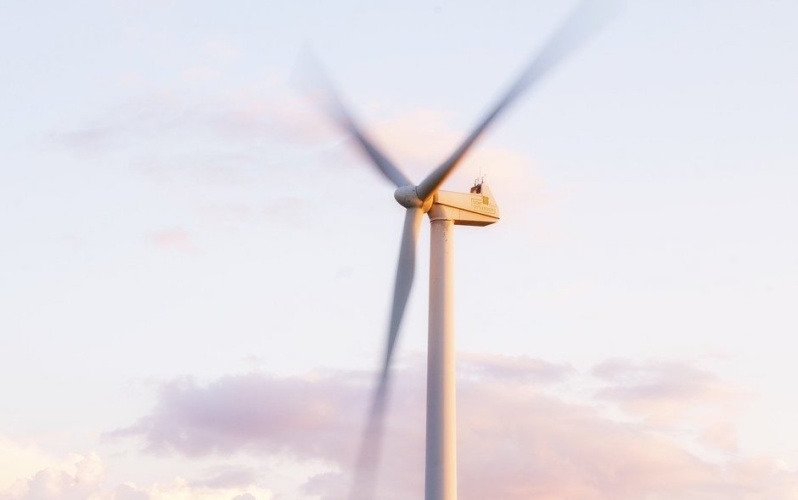
Developed in partnership with the Offshore Renewable Energy (ORE) Catapult and supported by The Crown Estate and RenewableUK, the new ‘SusWIND’ initiative aims to ‘future-proof the turbine blades of tomorrow.’
Wind energy is one of the fastest growing sources of renewable energy, with predicted global capacity expected to reach approximately 5,000GW for onshore and 1,400GW of offshore capacity by 2050. The UK currently has over 14GW of total capacity, with 20 per cent of its electricity supply generated from wind power in 2019: enough to power more than 18 million homes and save over 29 million tonnes of CO2 annually. According to the NCC, the UK is on track to exceed 40GW by 2030.
The NCC (National Composites Centre) has described wind turbine blades as the ‘bigger challenge’ in moving toward a zero waste outcome for the wind energy industry. Currently, around 14,000 blades are said to be reaching the end of their usable life and facing landfill or incineration. This creates over 50,000 tonnes of industrial waste.
Richard Oldfield, chief executive of the NCC, said that while composites are a ‘key enabler’ for the success of wind energy and delivering a low carbon global economy, the industry needs to keep pushing for a more sustainable way forward.
“We must commit to transforming the current linear blade product lifecycle into an increasing circular process that forms part of a larger future market for low carbon, recycled composites materials," he said in a statement. “Investing now in the future of blade sustainability will help unlock the use of recycled composites for the next generation of sustainable transportation and infrastructure."
Carbon footprints: Inside Bristol's National Composites Centre
Delivered as part of NCC's Sustainable Composites, which looks at the life cycle of composites to future-proof tomorrow’s aeroplanes, cars and turbines, the SusWIND initiative is planned for delivery in three stages of activity.
Wave one will stimulate the supply chain for blade recycling and how it leverages the broader supply chain for composites recycling demand with other sectors. Work will include landscape mapping, exploitation routes for upscaling viable technologies and demonstrating the effective use of recycled materials in value-add products for other applications.
Wave two will demonstrate options to reduce the environmental footprint of blade manufacture through the use of more sustainable and lower impact material feedstock, and through minimising or recycling waste streams.
Wave three will develop guidelines to improve design for end-of-life, ensuring waste is minimised and that composite components can be disassembled for cost effective repair, re-use, remanufacture and recycling more efficiently.
BladeBUG makes robotic 'blade walk' on operational wind turbine
Luke Clark, director of strategic communications at RenewableUK, commented: “Sustainability is at the heart of what drives the renewables industry. We regularly see old wind turbines from the UK being given a second life through re-use in other countries and we’re starting to see reprocessing of turbine blades, for example in the manufacture of concrete.
“SusWIND is a welcome initiative to boost sustainability, recycling and reprocessing of turbines as the industry gears up to help deliver the UK’s net zero emissions target.”





Poll: Should the UK’s railways be renationalised?
I think that a network inclusive of the vehicles on it would make sense. However it remains to be seen if there is any plan for it to be for the...